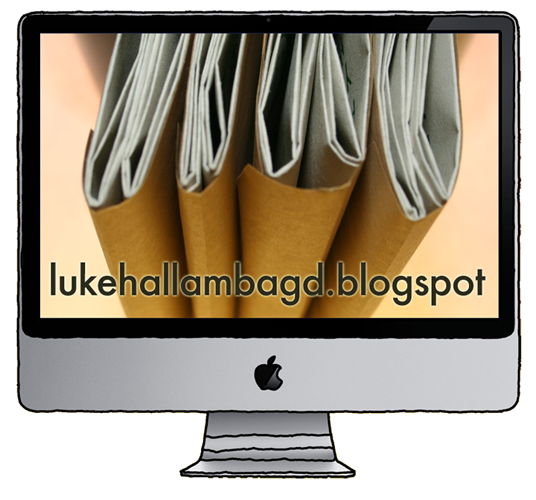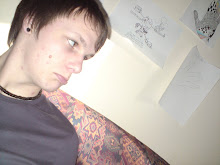1. What practical skills have you developed through this module and how effectively do you think you have applied them?
'Don't Panic/Pure' This brief was good to work much more freely visually for idea development. With only a few constraints for size and to be eventually digital, because it was a poster you can really go and do anything you want. My drawing skills aren't great although I wanted to touch on a style similar to the yellow brief back in the first module. To improve further, I used illustrator to recreate initial sketches and filled colour.. Im happy with the results.
'Communication is a virus' The graphics tablet became my friend for this brief, after the halfway change over from Ian and David they suggested giving the laziness an image which we were promoting, it came to animals and I wasn't confident with my drawing skills, the graphics tablet however allowed me to sketch and loosely trace photographs and generate a style, keeping to the brief. I love how they turned out and want to try more illustrative work in the future.
'How to' Software skills and idea developments were the key skills in this particular brief, I wanted to include a large amount of information on a credit card sized piece of stock and through development on software trials and drawn development, reached this.
'Speaking from experience' My favourite brief from the module, and working again with illustrator which hasn't been my strong point previously. Paper craft has played a large part of this particular brief and has been successful. I enjoyed the previous mailshot brief, and just wanted to continue something similar.
2. What approaches to/methods of problem solving have you developed and how have they informed your design development process?
I have alot more experimentation, especially for the 'speaking from' brief, if you have a physical piece of work in front of you, I have found it easier to make decisions on where to take the design next and what needs to be changed and take into consideration more with paper stocks or colour choices. its been really useful and hope it continues like this. The collab brief I enjoyed the least from all of the modules from the first year, communication is the key (and ironically in the name of the brief) even if you don't work side by side with another person in a collaborative piece, you need to know you are the same page. Our design was obviously not designed at the same time and little communication was the result was that the piece was unsuccessful.
3. What strengths can you identify in your work and how will you capitalise on these?
Paper crafting and experimentation have been benefits for myself to work with a physical piece of work infront of me. I will experiment more with design and decisions and dedicate time to these and develop ideas, it definitely helped with the speaking brief, and shows.
4. What weaknesses can you identify in your work and how will you address these more fully
Communication, between brief specs and other designers in the process. If you work in a collaborative brief you need to engage with your partner in order for the work to be successful. Putting work off doesn't help, because it just makes things worst later on.
5. Identify five things that you will do differently next time and what do you expect to gain from doing these?
+ Be more patient with close designers in the work process (especially collaborative)
+ Be more visual in the initial idea generation instead of writing (but still write)
+ Manage my time better. Its an obvious one, but things like the blog, and the little things that count need to be addressed.
+ Experiment more! Its helped with the development of the 'speaking brief' and needs to be more in future.
+ Expand some formats.. Paper stocks and printing techniques are my next port of call, and should be addressed.


No comments:
Post a Comment